Increased Healthcare Expenditure
Rising healthcare expenditure in the US is a crucial driver for the intensive care-unit market. With healthcare spending projected to reach $6 trillion by 2027, there is a growing investment in critical care services. This increase in funding allows for the expansion of intensive care facilities, recruitment of specialized staff, and acquisition of advanced medical equipment. Furthermore, the emphasis on improving healthcare infrastructure is likely to enhance the capacity and capabilities of intensive care units, thereby meeting the rising demand for critical care services. This trend indicates a robust growth trajectory for the intensive care-unit market.
Rising Prevalence of Chronic Diseases
The increasing prevalence of chronic diseases in the US is a primary driver of the intensive care-unit market. Conditions such as diabetes, heart disease, and respiratory disorders necessitate advanced medical care, often requiring intensive monitoring and treatment. According to the CDC, chronic diseases account for approximately 70% of all deaths in the US, highlighting the critical need for intensive care services. As the population ages, the demand for intensive care units is expected to rise, with projections indicating a potential growth rate of 5-7% annually in this sector. This trend underscores the importance of enhancing intensive care capabilities to manage complex health issues effectively.
Aging Population and Demographic Shifts
The aging population in the US is a significant factor driving the intensive care-unit market. As individuals age, they often experience multiple health issues that require intensive medical attention. The US Census Bureau projects that by 2030, one in five Americans will be of retirement age, leading to an increased demand for healthcare services, particularly in intensive care settings. This demographic shift necessitates the expansion of intensive care units to accommodate the growing number of elderly patients requiring specialized care. Consequently, the intensive care-unit market is likely to experience substantial growth in response to these demographic changes.
Technological Integration in Healthcare
The integration of advanced technologies in healthcare is significantly influencing the intensive care-unit market. Innovations such as telemedicine, artificial intelligence, and advanced monitoring systems are enhancing patient care and operational efficiency. For instance, AI-driven analytics can predict patient deterioration, allowing for timely interventions. The market for healthcare technology is projected to reach $500 billion by 2026, with a substantial portion allocated to intensive care solutions. This technological evolution not only improves patient outcomes but also streamlines workflows within intensive care units, making them more efficient and responsive to patient needs.
Focus on Quality of Care and Patient Outcomes
There is a growing emphasis on quality of care and patient outcomes within the intensive care-unit market. Healthcare providers are increasingly adopting evidence-based practices and protocols to enhance patient safety and recovery rates. Initiatives aimed at improving care quality, such as the implementation of standardized treatment guidelines, are becoming more prevalent. This focus on outcomes is supported by various healthcare policies and reimbursement models that incentivize high-quality care. As a result, intensive care units are evolving to prioritize patient-centered approaches, which may lead to improved satisfaction and better health outcomes.


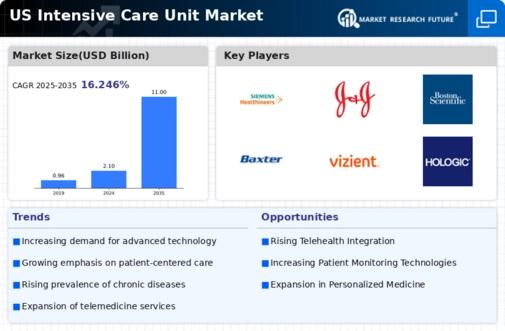
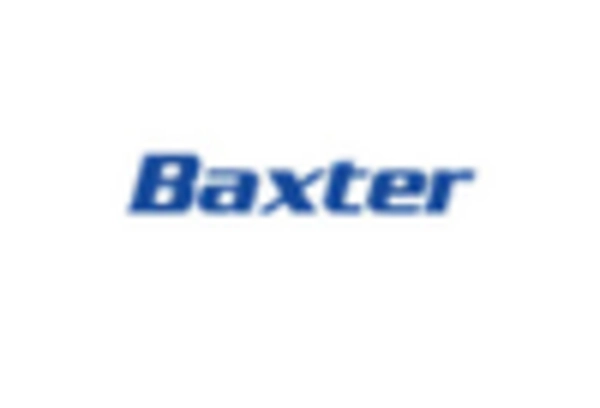
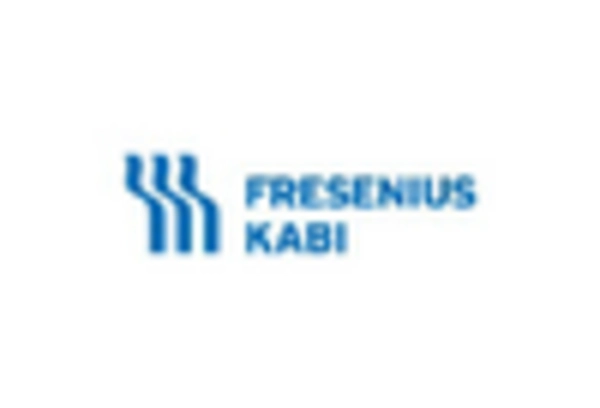
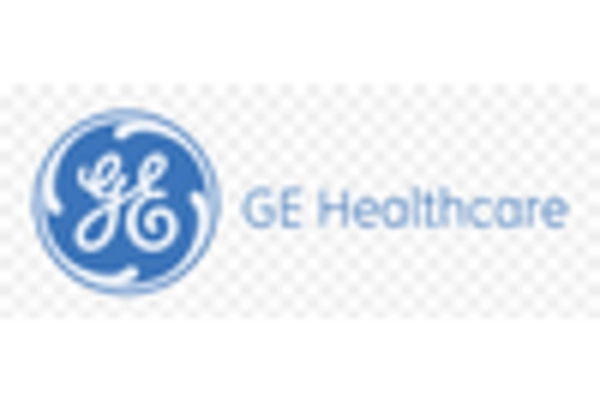
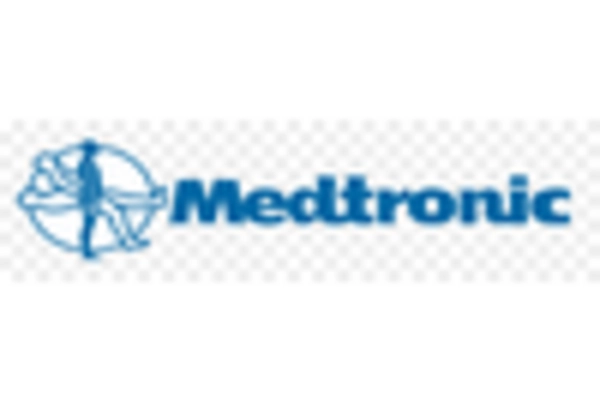
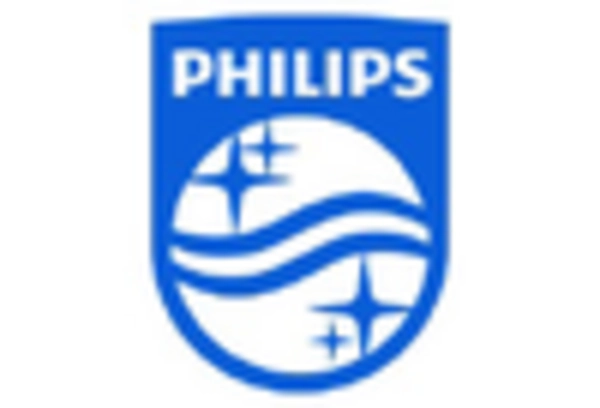
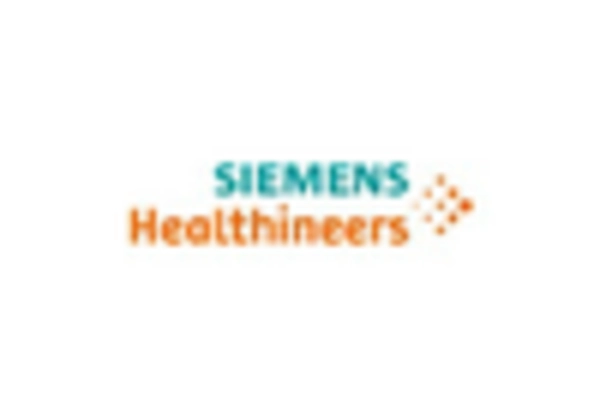








Leave a Comment